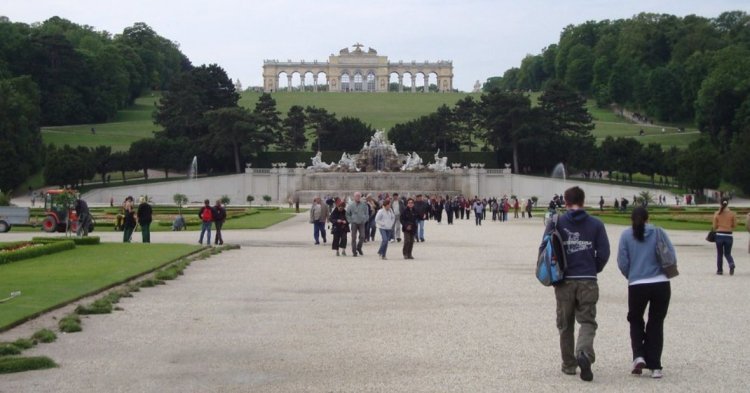When one looks at the map of cultural sites across the continent, you do not see borders. When one follows the cultural routes of the Council of Europe, they enjoy the shared heritage that expands beyond the lines on the map where one country ends and another begins. You might start your trip to discover the megalithic culture in Sweden, only to end it in Spain. Your trail to follow rural winemaking might start in France and end in Romania. The beauty of cultural heritage is that it builds bridges between people and communities and it connects us to our past while helping us look to our future.
2018 was the European Year of Cultural Heritage. It saw NGOs, governments and citizens all over the EU work together to shine a light on the rich cultural heritage our region benefits from. However, sharing knowledge about this topic goes beyond the one year for which this specific theme was chosen. And so does the transnational collaboration in the mission to protect our common cultural heritage.
Collaboration on cultural heritage
The cultural heritage network is vast, if not known to the average citizen. Yet the work done to preserve the cultural gems – physical and not – is endless. From cross-border cooperation on restoration work for buildings to educational initiatives and transnational historical archiving efforts, Europe is trying to preserve its history in the era of digitalisation, and not only.
Across the world, many important cultural sites have been lost in the past decade, or are in the danger of being lost. It can be seen with the near-destruction of the ancient city of Palmyra through terrorist attacks, or with the current threat Machu Picchu is facing due to the construction of the airport in close proximity to the ruins.
Europe is not spared from losing heritage sites due to natural disasters or man-made ignorance and neglect. There are still cases where historical buildings are bought and allowed to crumble only to be replaced by modern ones, simply because the land they were built on was lucrative. This is when cross-border cooperation comes in handy. Be it conservation work or funds allocation, sharing knowledge or working on joint projects, collaboration on cultural heritage work is a necessity. It does not only help the process of saving numerous sites from across the continent, but it also facilitates intercultural collaboration.
United in diversity
The beauty of diversity has always existed throughout European history and many sites across the continent can prove it. From Sámi buildings in Northern Europe, to the Moorish architecture in the Iberian Peninsula, Europe has many highlights which are connected to the multiculturalism of the continent, both past and present.
Nonetheless, the track record of treatment towards minority cultures has not been the best and there is always room for improvement. In the meantime, no one can deny that the cultural heritage legacy of Europe is rich, in all corners of the region and what makes it unmistakably so is the cultural mix one can find while exploring Europe.


Follow the comments: |
|
